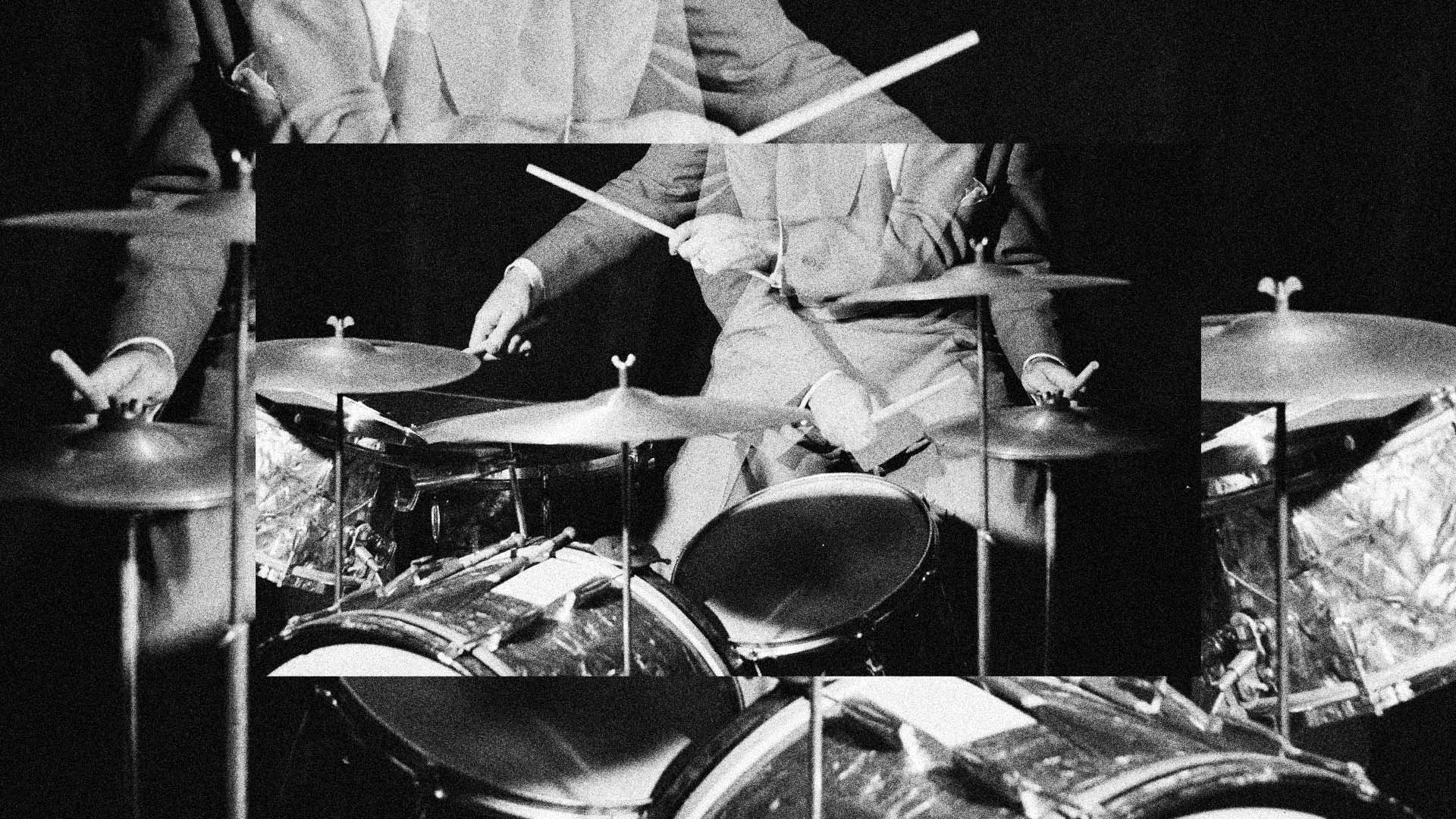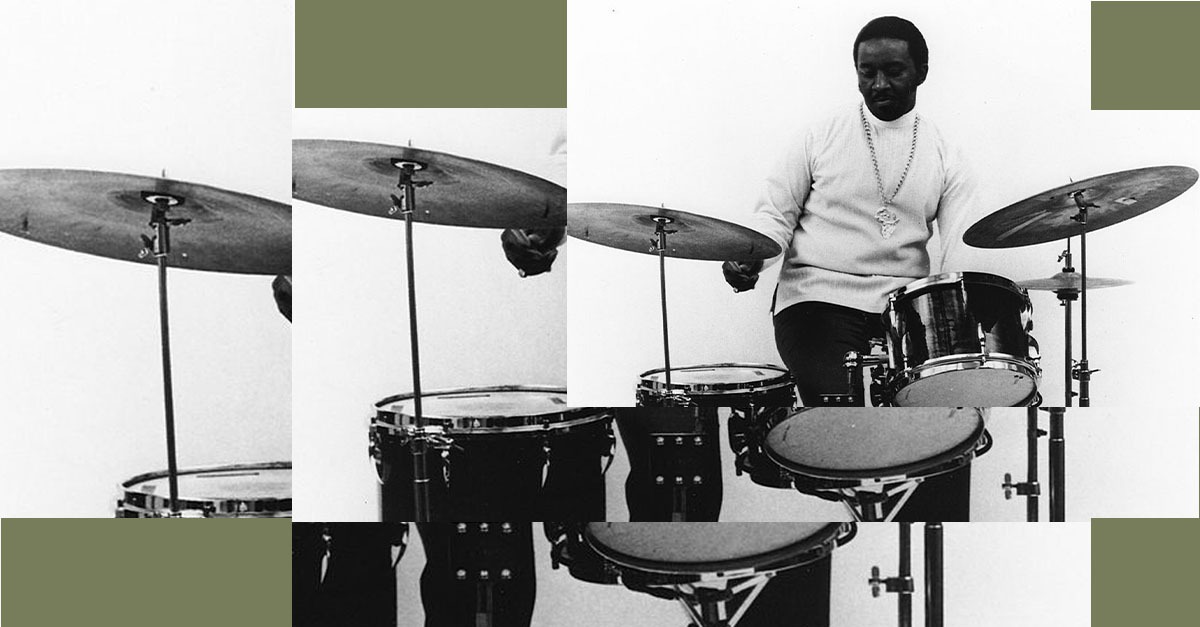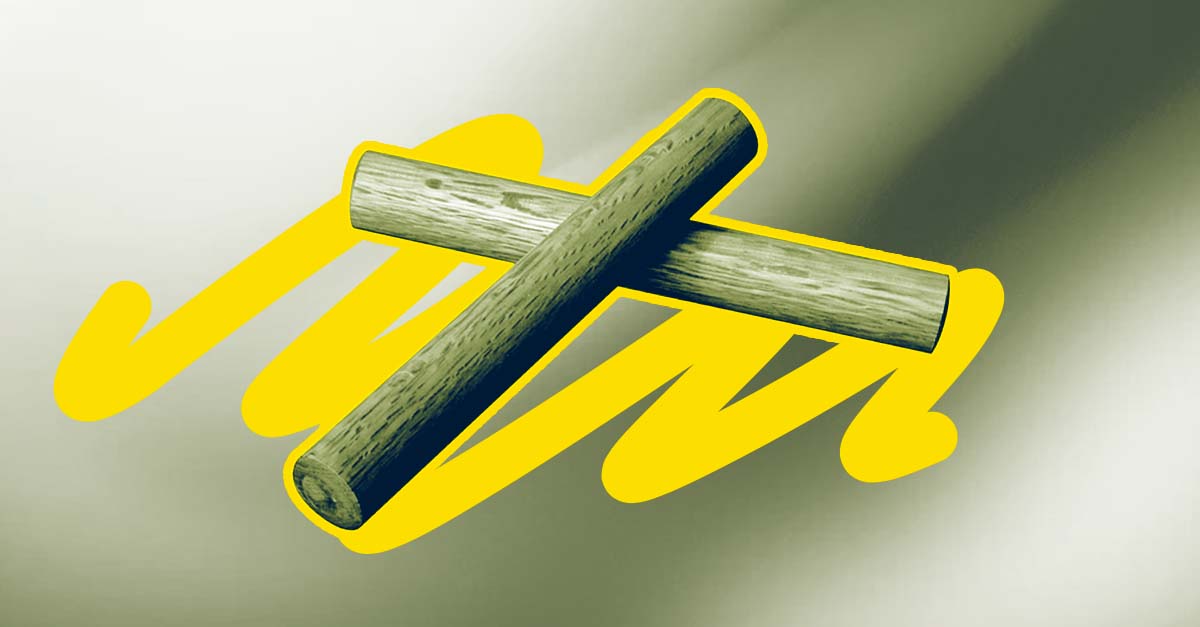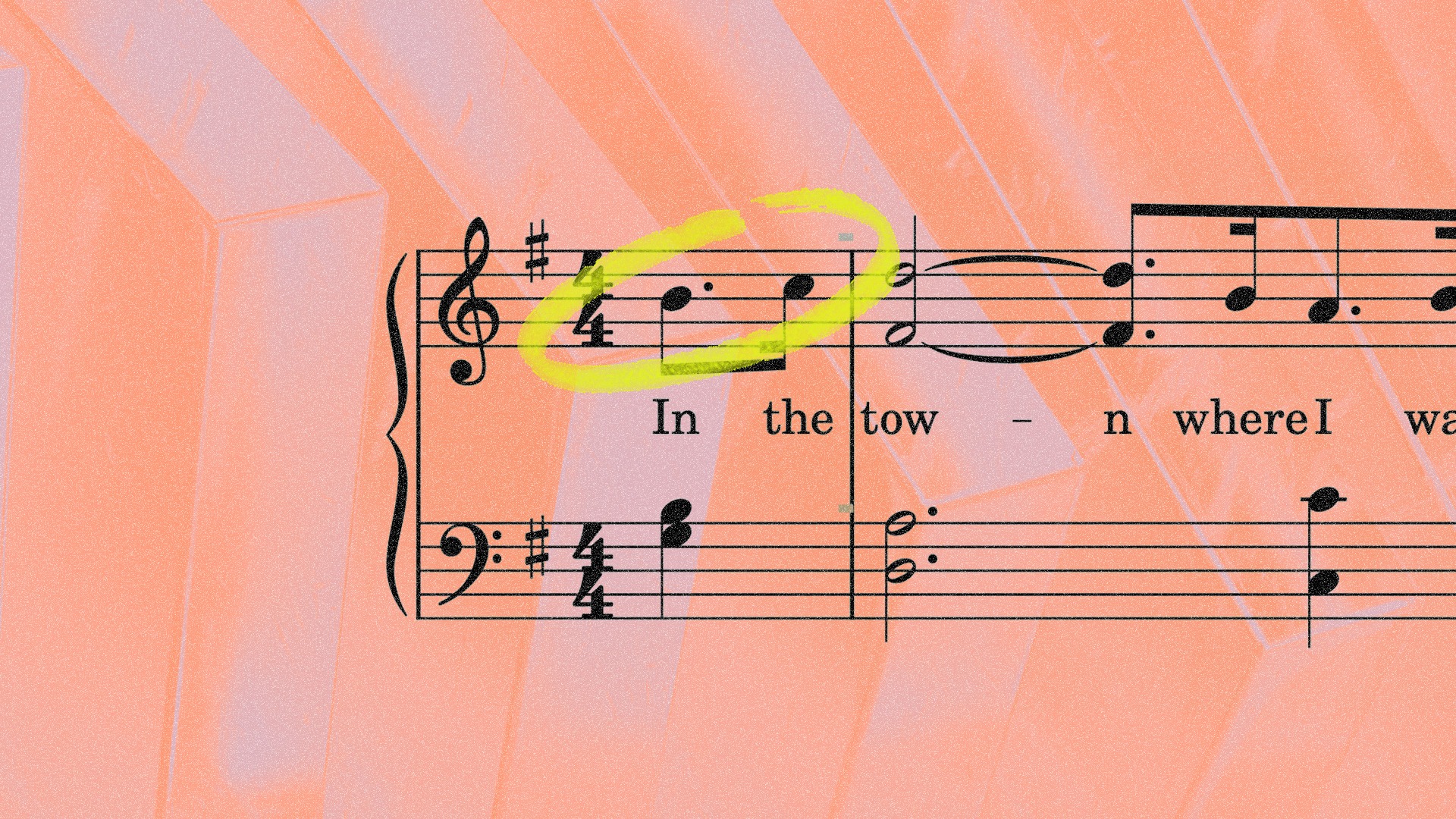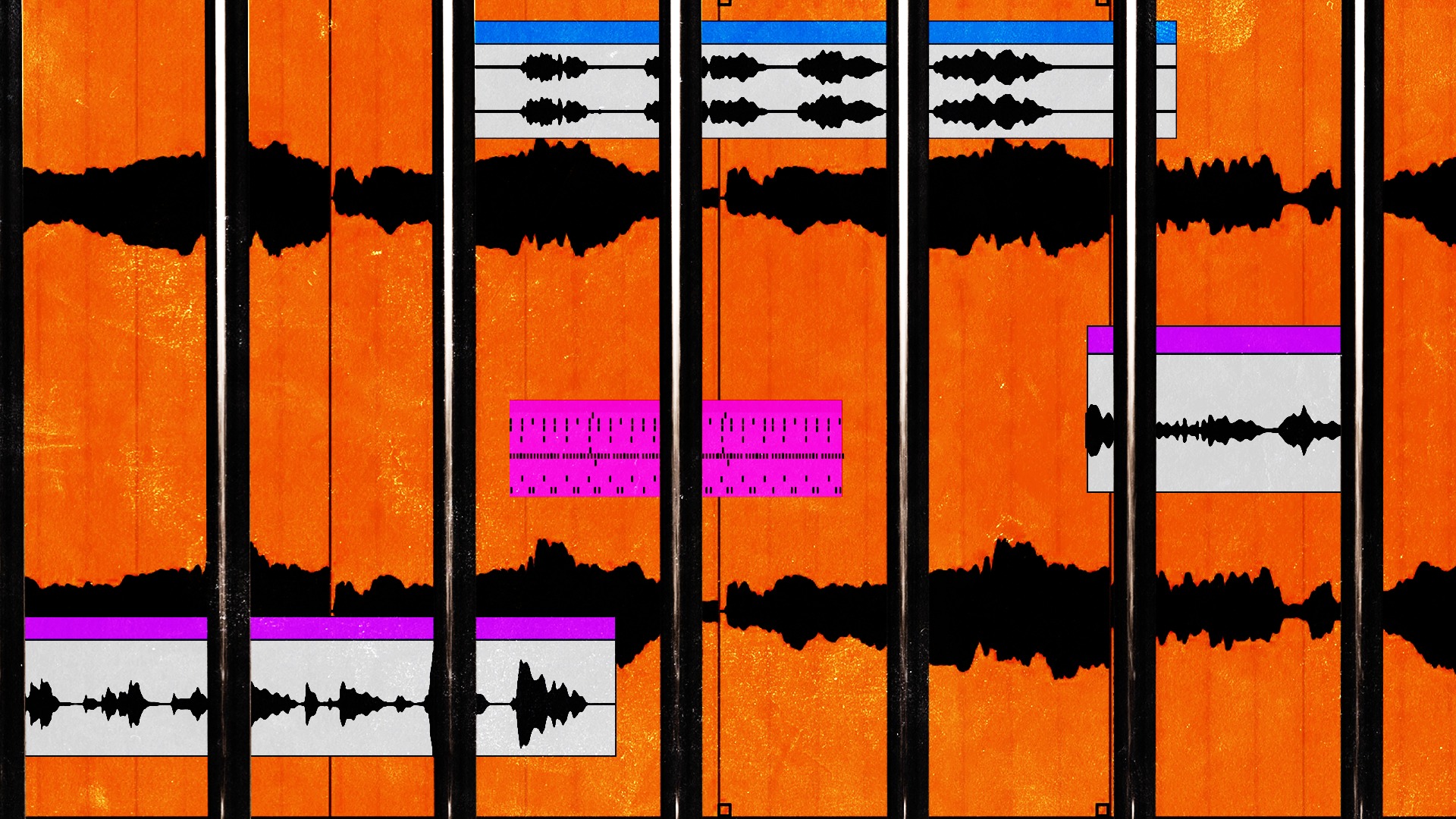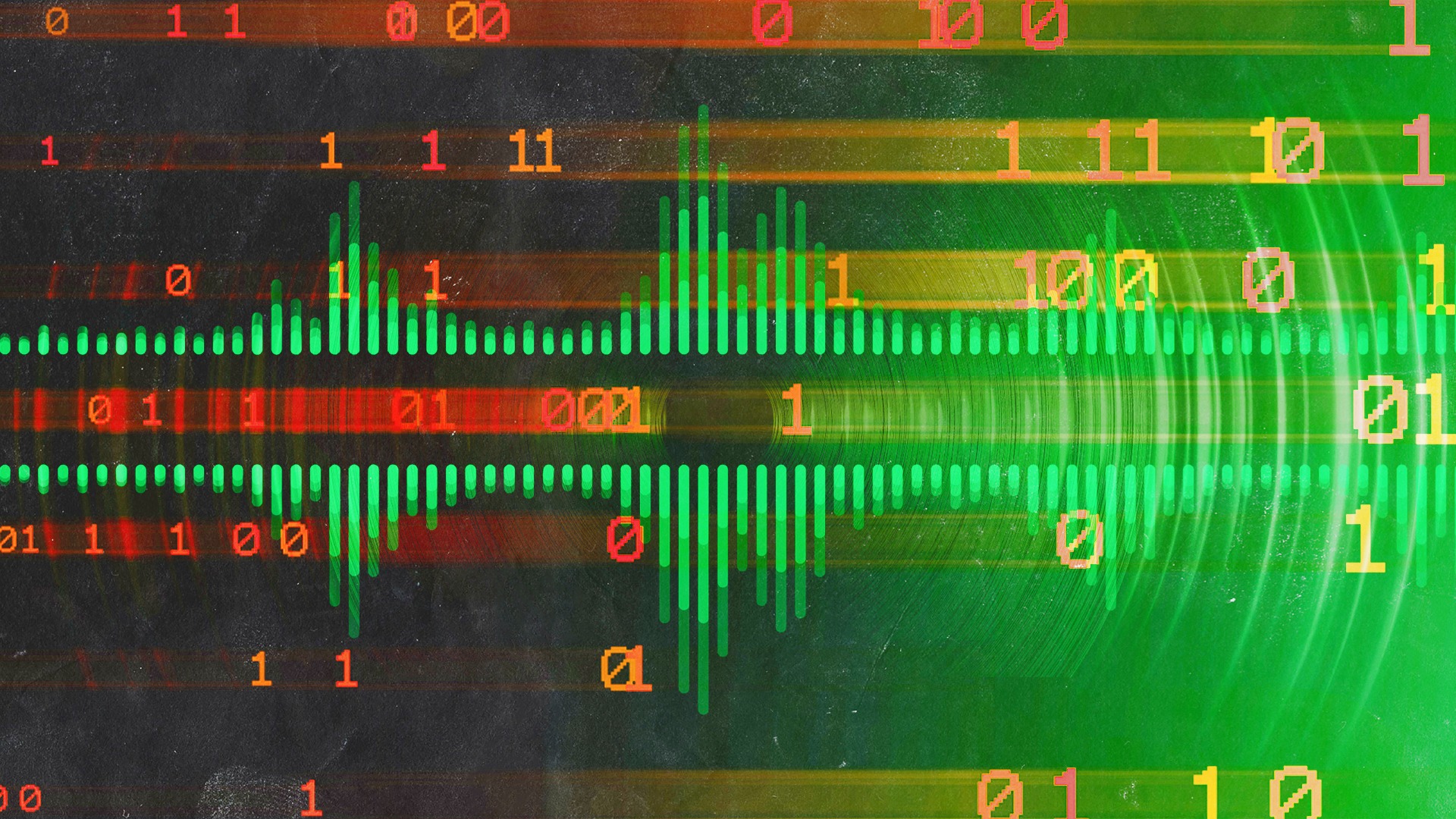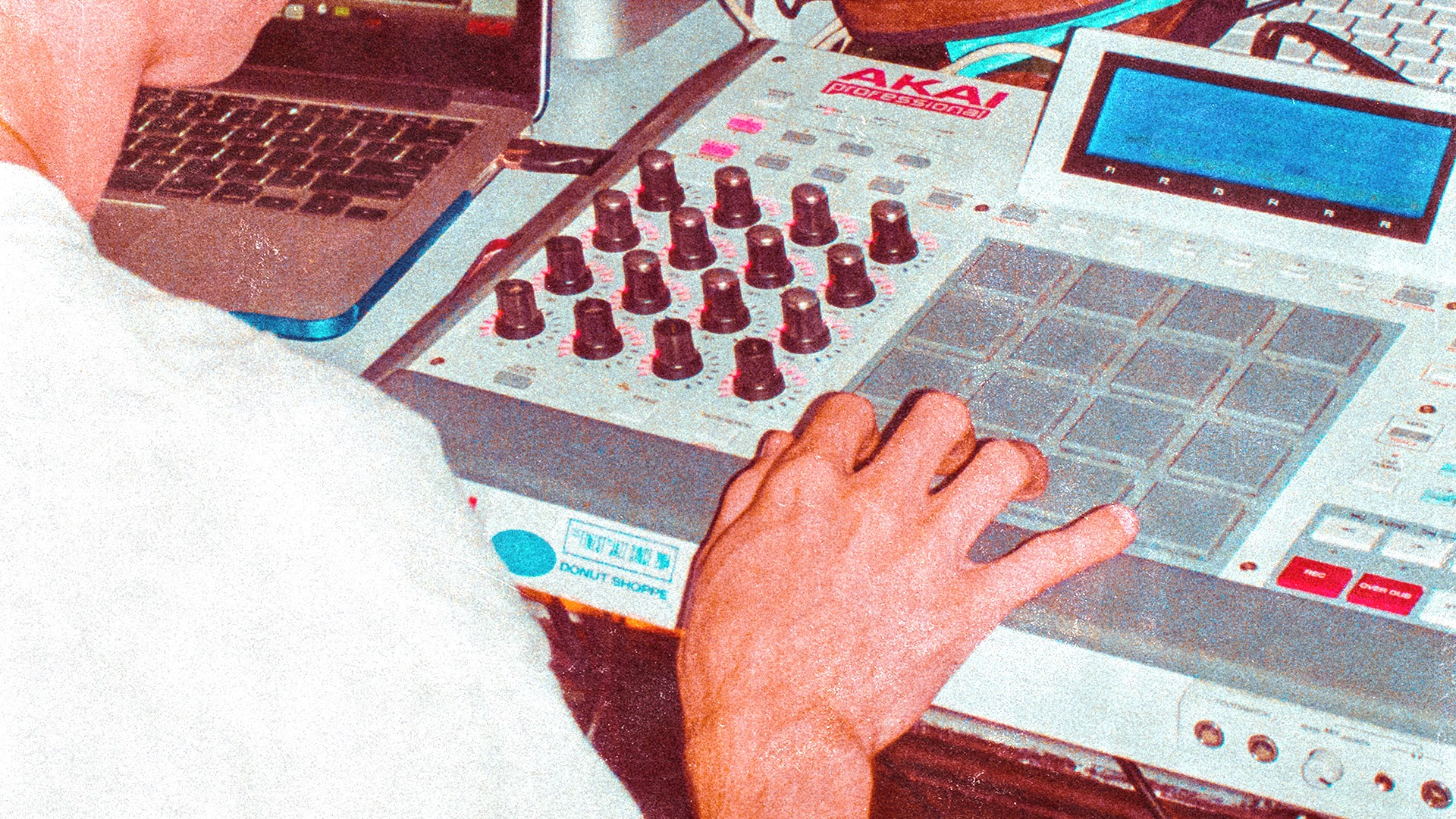
What Is the Downbeat? How To Feel the Top of the Bar
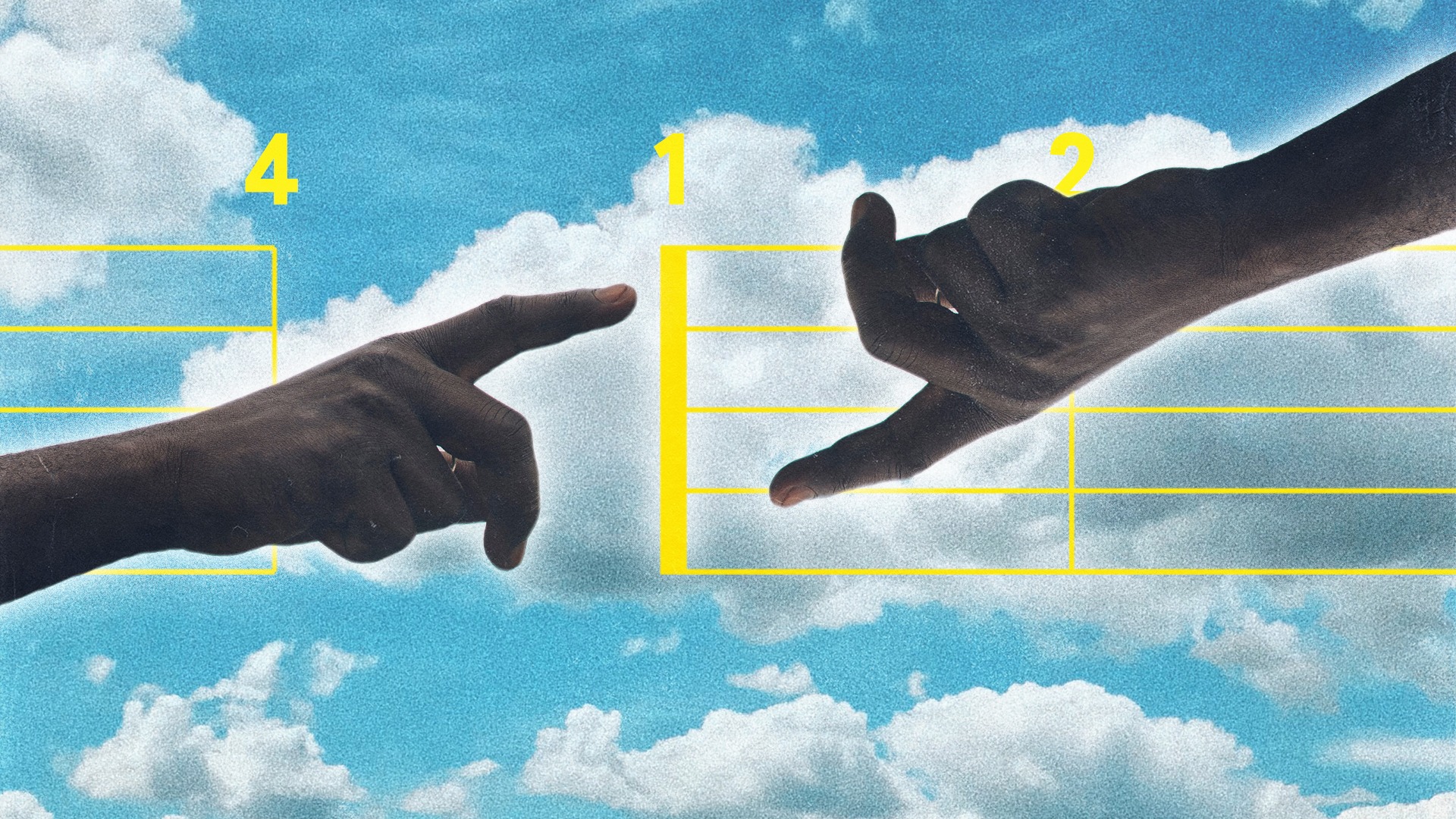
The downbeat is the rhythmic anchor of your musical phrases.
It’s the first and strongest beat of the measure that serves as the jumping off point for melodies, harmonic progressions and rhythmic patterns.
But if you’re new to music, you might be struggling to identify the downbeat and feel it properly in loops, samples or recorded parts.
In this article, I’ll explain the role the downbeat plays in music and how to use it in your own music.
Gear guides, tips, tutorials, inspiration and more—delivered weekly.
Keep up with the LANDR Blog.
What is the downbeat in music?
The downbeat is the first beat of a musical measure. When counting the beats using numbers, the downbeat occurs on beat one.
A bar’s first beat is usually the pillar of its melodic and harmonic action. For example, it often contains tonic harmony and a strong chord tone in the melody.
The downbeat also anchors the rhythmic structure of the bar, providing the reference point for contrasting strong and weak beats.
For most listeners, the downbeat also carries an intuitive sensation of stability that propels the music forward in contrast with the other beats.

Anthony breaks down the basics of musical rhythm.
How to feel the downbeat of a measure
As I mentioned above, the downbeat has a natural sense of emphasis for most music listeners.
If for any reason you’re having trouble identifying it, try counting numbers along with the music in your head.
The numbers you count will depend on the music’s meter or time signature.
The most common of these are triple meter and quadruple meter—more commonly known as 3/4 or 4/4 time.
Learn rhythm
Check out these guides to the theory of musical rhythm.
The vast majority of pop songs are in 4/4, or common time, although some songs use 3/4 or even other, more exotic time signatures.
If you can count to four over each bar of music with the emphasis of each phrase occurring over the number 1, you’re in 4/4—and you’ve found the downbeat!
If the song has the characteristic loping feeling of a waltz, you might be in 3/4, so try counting along from one to three to situate yourself.
Upbeat and downbeat
The term downbeat might have you wondering about its counterpart—the upbeat.
It’s most often used to refer to a musical pickup. This is a short figure that precedes the main melody that begins on the downbeat.
We took a deep dive on pickups in music in a previous post if you need a more in-depth explainer.
But if you just need the basics, since the upbeat occurs on a weak beat of the previous measure, it’s typically considered a natural complement to the downbeat.
You can see how the musical terminology evolved!
Backbeat
Read — Backbeat: How to Find the Rhythmic Centre of Every Song
Similarly, the term backbeat is related to this way of categorizing the parts of a measure.
It’s the common name for drum and percussion patterns where the snare or claps fall on beats 2 and 4 of the bar.
The backbeat provides the contrasting emphasis that gives the pattern its point of orientation.
Check out our full guide to this rhythmic essential to understand everything it has to offer.
How to use the downbeat in your music
If you create music with regular measures, you probably already have an intuitive grasp of the downbeat.
Even so, there are certain styles and artists for whom the downbeat plays an extra special role.
The classic style of funk music pioneered by James Brown has a notable downbeat feel.

You’ll hear this recognizable sound all over classic and modern funk. Even if each player is playing a different interlocking line, they all come together to emphasize the downbeat.
Rhythmic emphasis
The downbeat is an essential concept to know in the theory of musical rhythm.
Luckily, it’s easy to feel it once you spend some time focusing on bars and beats.
Now that you know the basics of the, get back to your DAW and start creating more beats and grooves.
Gear guides, tips, tutorials, inspiration and more—delivered weekly.
Keep up with the LANDR Blog.
